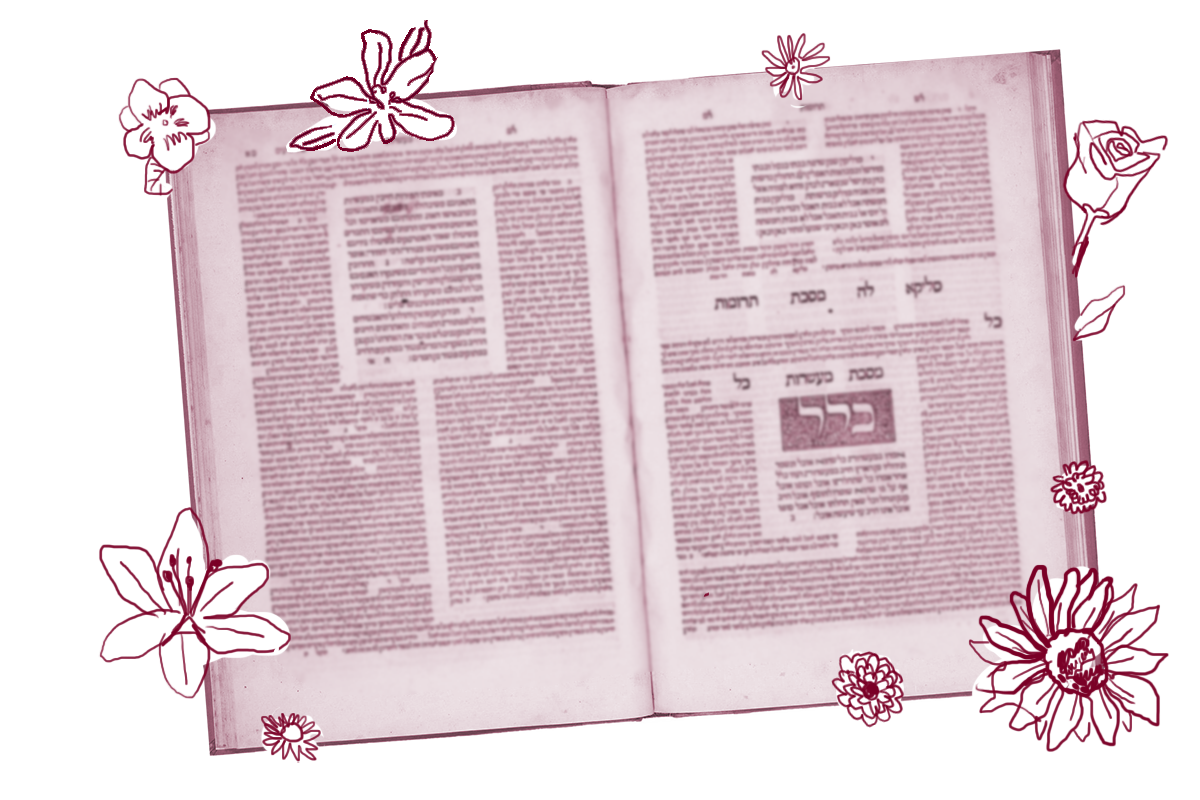As we learned in the opening mishnah of this tractate, before a woman can be compelled to undergo the sotah ritual, she must enter into a secluded place with a man she was warned not to speak with by her husband. She must then remain in a secluded place with that man, as the mishnah puts it, long enough to be “defiled.”
But how long is that? On today’s daf, the Gemara cites a beraita in an attempt to clarify the matter.
And what is the measure of seclusion? Equivalent to defilement, which is equivalent to intercourse, which is equivalent to the initial stage of intercourse.
According to the beraita, the amount of time the two must be secluded to warrant the sotah ritual is equivalent to the amount of time it takes to have intercourse, which is itself equivalent to the amount of time it takes to perform the initial stage of intercourse. This attempt to clarify the length of the seclusion is itself unclear, as it equates intercourse with the initial stages of intercourse. The latter, being part of the former, is clearly shorter. The Gemara suggests that this is not an internal contradiction, but rather an attempt at specificity — each of the three nouns in the sequence delimits the time frame more narrowly. But how long is it actually? It’s still not totally clear.

Help us keep Jewish knowledge accessible to millions of people around the world.
Your donation to My Jewish Learning fuels endless journeys of Jewish discovery. With your help, My Jewish Learning can continue to provide nonstop opportunities for learning, connection and growth.
Perhaps because it anticipated this question, the beraita next presents a list of opinions that seek to quantify the amount of time we’re talking about.
Rabbi Yishmael says: Equivalent to the time needed for circling a palm tree.
Rabbi Eliezer says: Equivalent to mixing a quarter-log cup of wine with water.
Rabbi Yehoshua says: Equivalent to drinking that cup.
Ben Azzai says: Equivalent to roast an egg.
Rabbi Akiva says: Equivalent to swallow it.
Rabbi Yehuda ben Beteira says: Equivalent to swallow three eggs one after another.
Rabbi Elazar ben Yirmeya says: Equivalent to a weaver tying a string.
Hanin ben Pinehas says: Equivalent to extending a hand into a mouth to remove a wood chip.
Peleimu says: Equivalent to extending a hand into a basket to take a loaf.
These answers provide us with a better sense of how long the potentially adulterous couple must be secluded in order to be suspected of having intimate relations — it isn’t very long, clearly. But they are still not definitive by modern standards. How long does it take to circle a palm tree or roast an egg or remove a wood chip from between one’s teeth? It probably depends how big the tree is, how small the wood chip is, or how hot the oven is. Further, these actions are not comparable in length. Swallowing one egg clearly takes less time than swallowing three.
The Talmud doesn’t question the beraita further, but we might: What is going on here?
Living in a world without time pieces, the rabbis are unable to measure seclusion in minutes or seconds. So they turn to everyday examples that can be used to mark the passage of time. As a result, we are presented with a variety of examples that paint a picture of just how long the couple must be together for the woman to become subject to the sotah ritual. Although it’s not an exact science, it does give us some sense of what we are dealing with.
At times, the Gemara seeks to provide details that make it possible to put laws into practice. At others, it is unable to do so definitively. On today’s daf, the Talmud turns to everyday actions to give us a sense of how to measure a short amount of time and a number of options to choose from. Given the lack of a definitive answer, the determination for which standard to use is left to the individual rabbi who is overseeing the case.
Read all of Sotah 4 on Sefaria.
This piece originally appeared in a My Jewish Learning Daf Yomi email newsletter sent on April 2nd, 2023. If you are interested in receiving the newsletter, sign up here.


